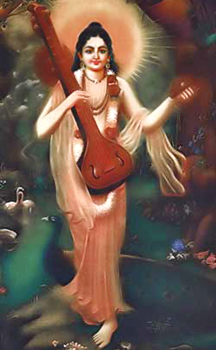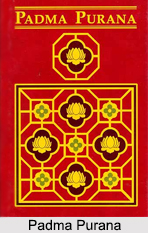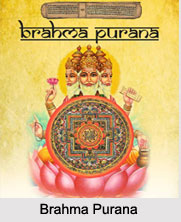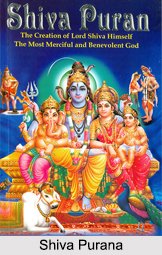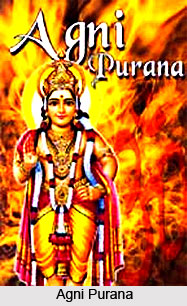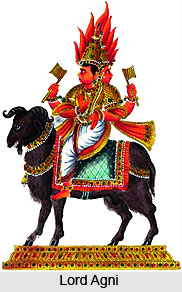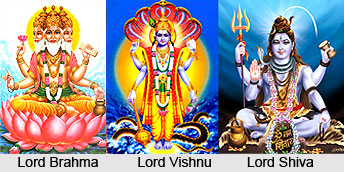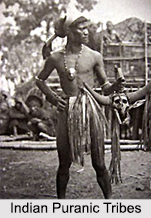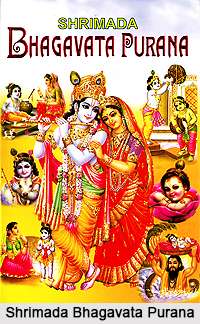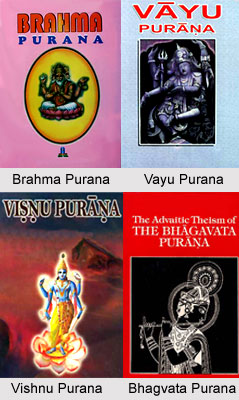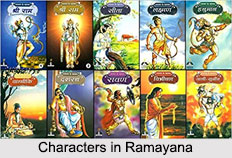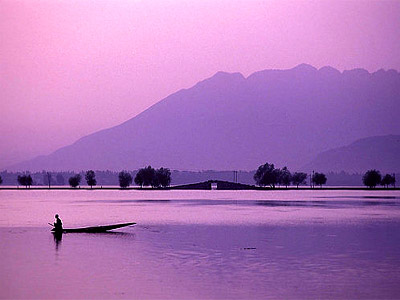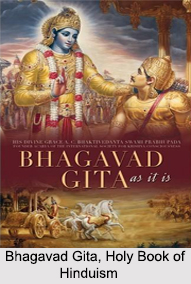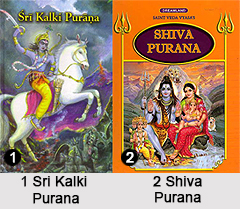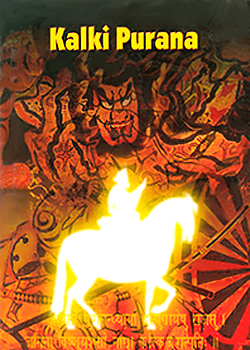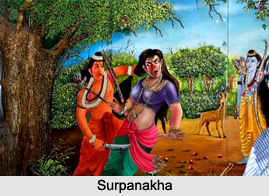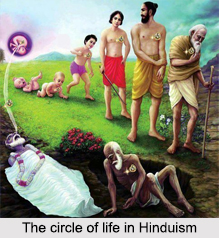 Mrityu, the Death is said to be one of the descendants of Lord Brahma. In the Vishnu Purana Mrityu is represented as Death. Mrityu is believed to have five children. They are Vyadhi, the disease; Jara, the decay; Soka, the sorrow; Trishna, the greediness and Krodha, the wrath.
Mrityu, the Death is said to be one of the descendants of Lord Brahma. In the Vishnu Purana Mrityu is represented as Death. Mrityu is believed to have five children. They are Vyadhi, the disease; Jara, the decay; Soka, the sorrow; Trishna, the greediness and Krodha, the wrath.
Again, Mrityu is the name of one of the eleven Rudras, in the Vayu list. Mrityu is also the name of a Vyasa in the sixth Dwapara age. Dwapara age is the third out of four yugas. According to the Puranas, Dwapara age ended at the moment when Krishna returned to his eternal abode of Vaikuntha.
Myths of Mrityu
A story from the "Drona Parva" of the Mahabharata explains the birth of the reluctant goddess of death Mrityu. In the beginning, Lord Brahma created the world and all the creatures in it. Though, filled with the heavenly influences of the creator, the living beings had immortality. Shortly, the world was overloaded with human beings that could multiply, but never die. Lord Brahma searched for the solutions all over the place but could not find one. Lord Brahma was frustrated and annoyed; his anger lit the skies on fire and dying out the destruction of the world.
Lord Shiva was noticing the forthcoming end of the Universe. He instantly went to Lord Brahma to beg a case for living beings. Then Lord Brahma composed himself and sat down to deliberate how to solve the problem of life and death. As he was thinking, he unintentionally glared and from his glare, came a female deity. She was yellowish-brown and dark, with wide eyes and tongue hanging out. She was dressed in red from head-to-toe and was adorned with bright ornaments. Brahma looked at her and named her Mrityu (death).
When Lord Brahma told her about her role which was to slay all these creatures, she could not bear any more and fled to an ashram in Dhenuka. She set about tapas for over a hundred thousand years to please Brahma. Then Lord Brahma started describing the circle of life to her and said that she will merely follow her dharma as the men she destroys will have the desire and anger in their hearts that will make sure their rebirth.


